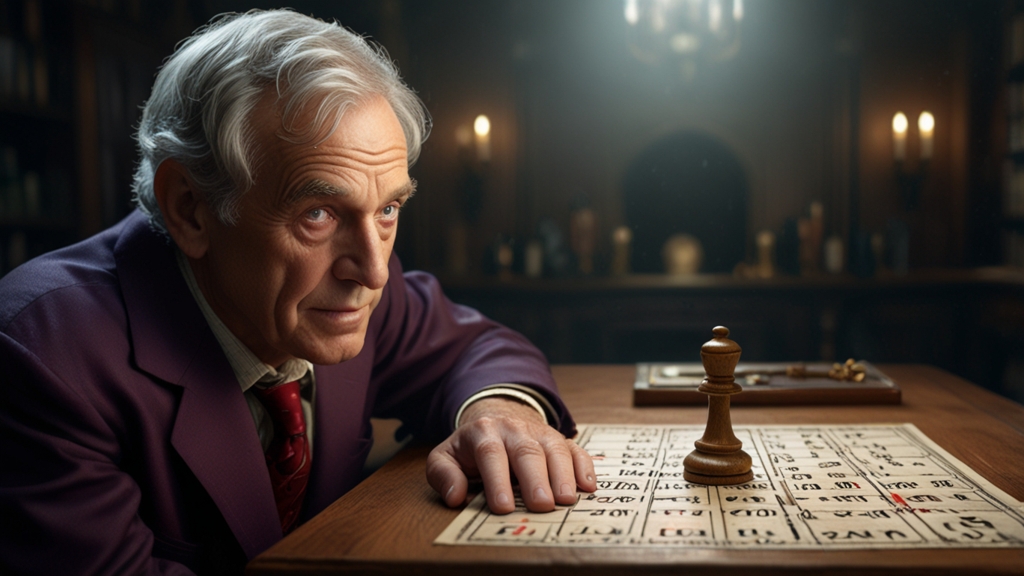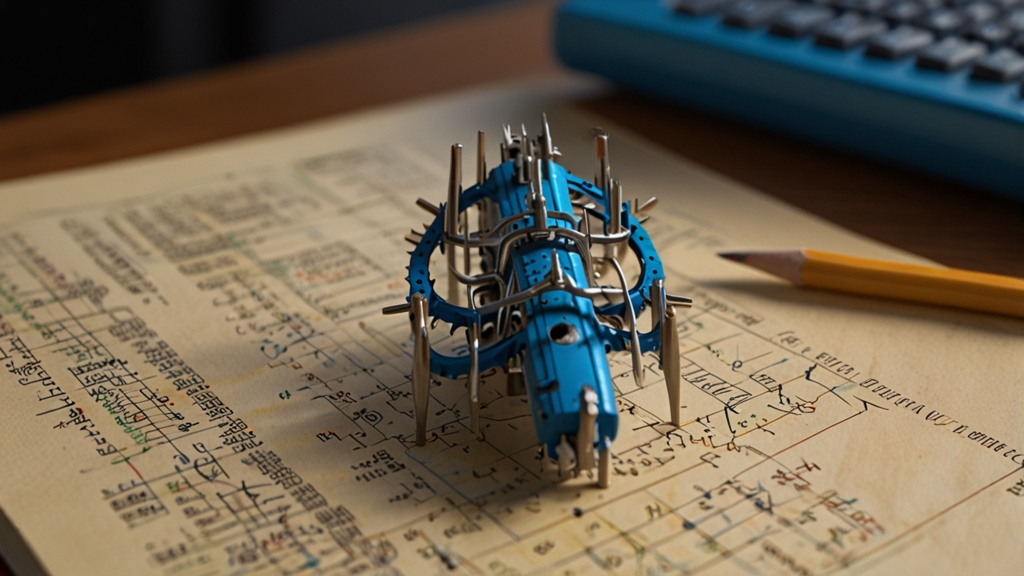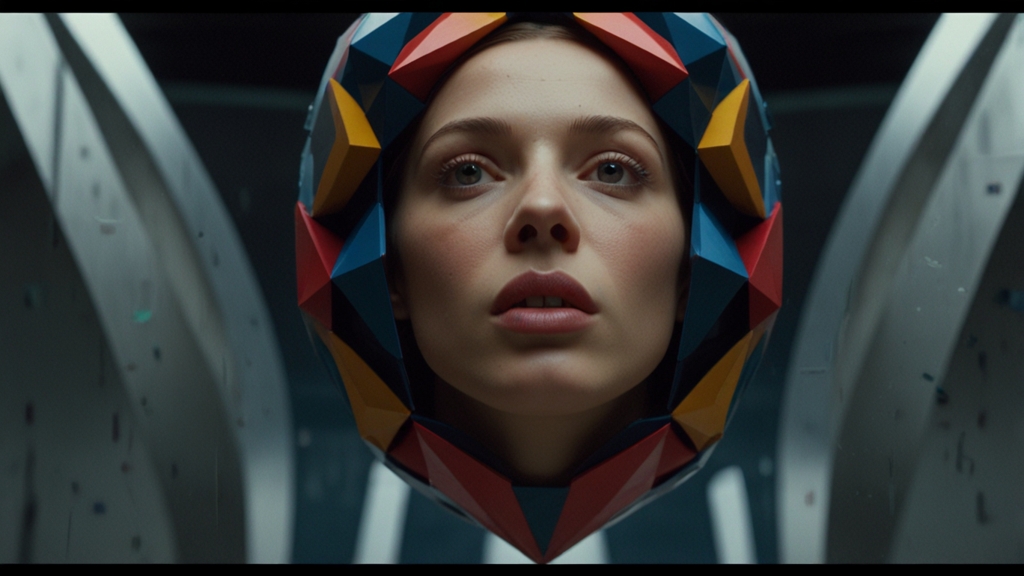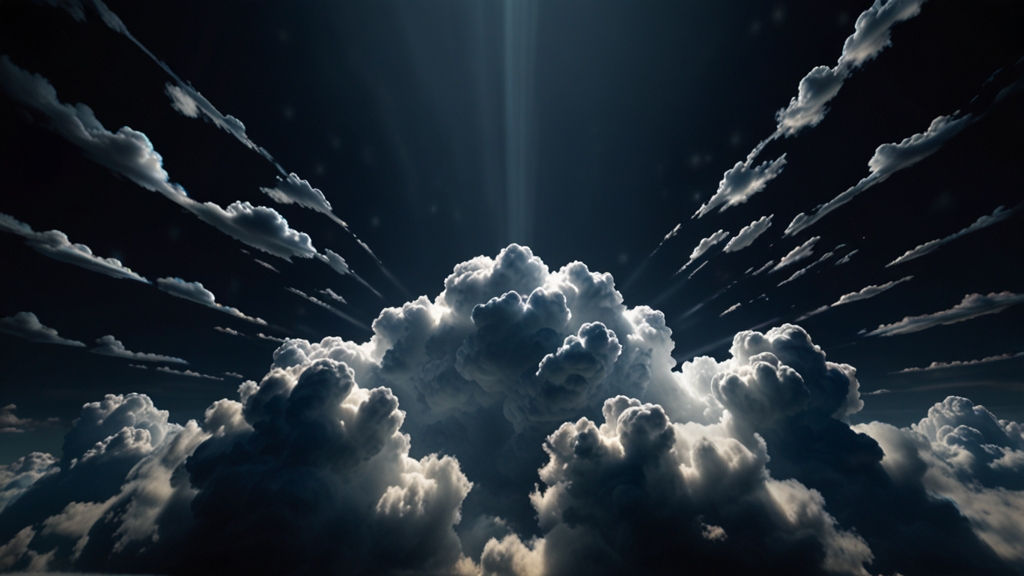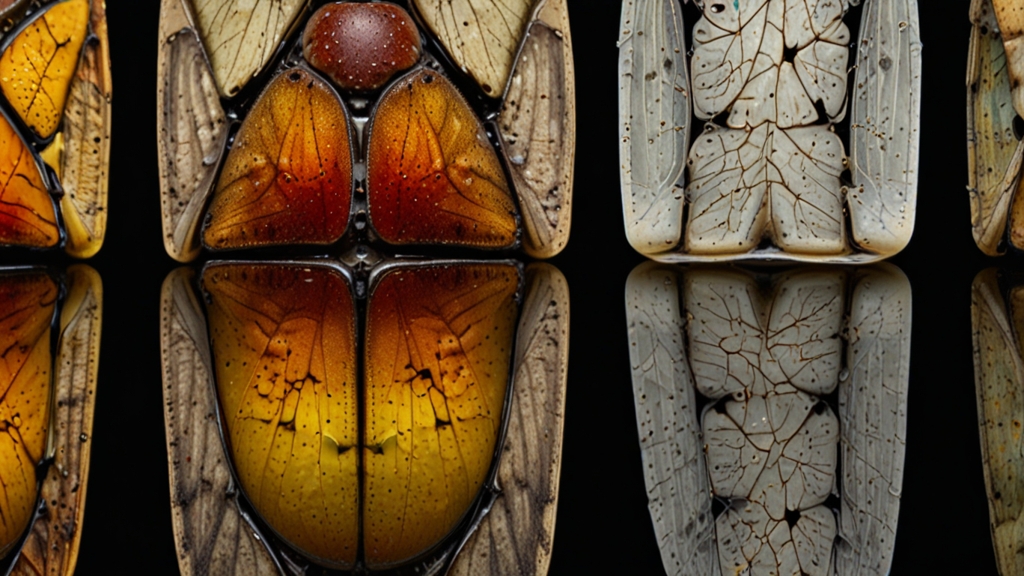Chasing the Eternal City: Why Rome Will Never Be Forgotten
Rome, the Eternal City, has an inimitable charm and a captivating history that spans millennia. Founded in 753 BC, this city has witnessed the rise and fall of empires, monumental transformations, and an enduring legacy that continues to draw millions of visitors every year. But what is it about Rome that has allowed it to occupy an eternal place in our collective memory? The answer lies in its seamless blend of the ancient and the modern, its unparalleled cultural contributions, and its timeless influence on politics, arts, and architecture.
The Legacy of Rome's Ancient History
Stepping into Rome is akin to stepping into a living museum. The Colosseum, the Roman Forum, and the Palatine Hill are not just relics; they are storytellers etched in stone. These ancient structures encapsulate tales of gladiators, emperors, and statesmen, chronicling the grandeur and the grit of a civilization that has significantly shaped the world.
"Rome is the city of echoes, the city of illusions, and the city of yearning." – Giotto di Bondone
Giotto's words resonate profoundly when one wanders through the Roman Forum or contemplates the Pantheon. These iconic ruins stand as vestiges of an age that defined governance, philosophy, and engineering. The innovative spirit and monumental achievements of ancient Rome, from aqueducts to gladiatorial games, have left indelible marks on modern society.
Unparalleled Artistic and Cultural Impact
Rome's artistic heritage is a treasure trove, mantled with masterpieces from epochs such as the Renaissance and Baroque periods. The Vatican Museums, the Sistine Chapel with Michelangelo's ceiling, and the ornate fountains of Bernini showcase the artistic zenith that Rome reached. Each piece not only evokes aesthetic pleasure but also reflects the cultural and religious sentiments of its time.
"Rome was a poem pressed into service as a city." – Anatole Broyard
Indeed, the artistic and cultural artifacts of Rome render the city itself a grand narrative, a poem in motion. Every piazza, every alley speaks volumes, turning a simple walk into a journey through time. From Caravaggio's dramatic canvases to Raphael's serene Madonnas, Rome provides an unparalleled feast for the eyes and the soul.
Modern-Day Rome: A City of Continuity and Change
Rome may be a repository of history, but it is far from static. Today, it is a dynamic metropolis, juggling its ancient heritage with contemporary dynamism. The juxtaposition of modern-day life with historical grandeur is perhaps most evident in Rome's lively piazzas, where locals sip espresso under the shadows of centuries-old basilicas.
The city is a cultural mecca, continuously influencing global arts, fashion, and cuisine. Trendy neighborhoods like Trastevere and Monti bristle with modern boutiques, bars, and restaurants, each blending the old-world charm with new-age creativity. This coexistence of the ancient and the new makes Rome a living entity, ever-relevant and ever-evolving.
Political and Philosophical Lineage
Rome is more than just a city of breathtaking views and immeasurable art. It is also the birthplace of the Roman Republic and the conceptualization of republicanism—a political philosophy that has guided modern Western democracies. The Roman Senate and the concept of civic duty laid the groundwork for contemporary governance, proving that Rome's impact extends far beyond its borders.
The city's contributions to law, politics, and civic life are echoed in the institutions and legal frameworks of today. Even the Latin language, the lingua franca of the ancient world, continues to live on through its influence on modern languages such as English, Spanish, and French.
Conclusion
Rome is a city that will never be forgotten, immortalized in stone and memory. Its ancient ruins tell stories of a bygone era, while its artistic and cultural landmarks continue to inspire and captivate. As a city that deftly balances continuity and change, Rome exemplifies the endurance of human achievement and the unyielding spirit of civilization. When we chase the Eternal City, we are not just pursuing history; we are engaging with a legacy that continues to shape and define the world around us.

